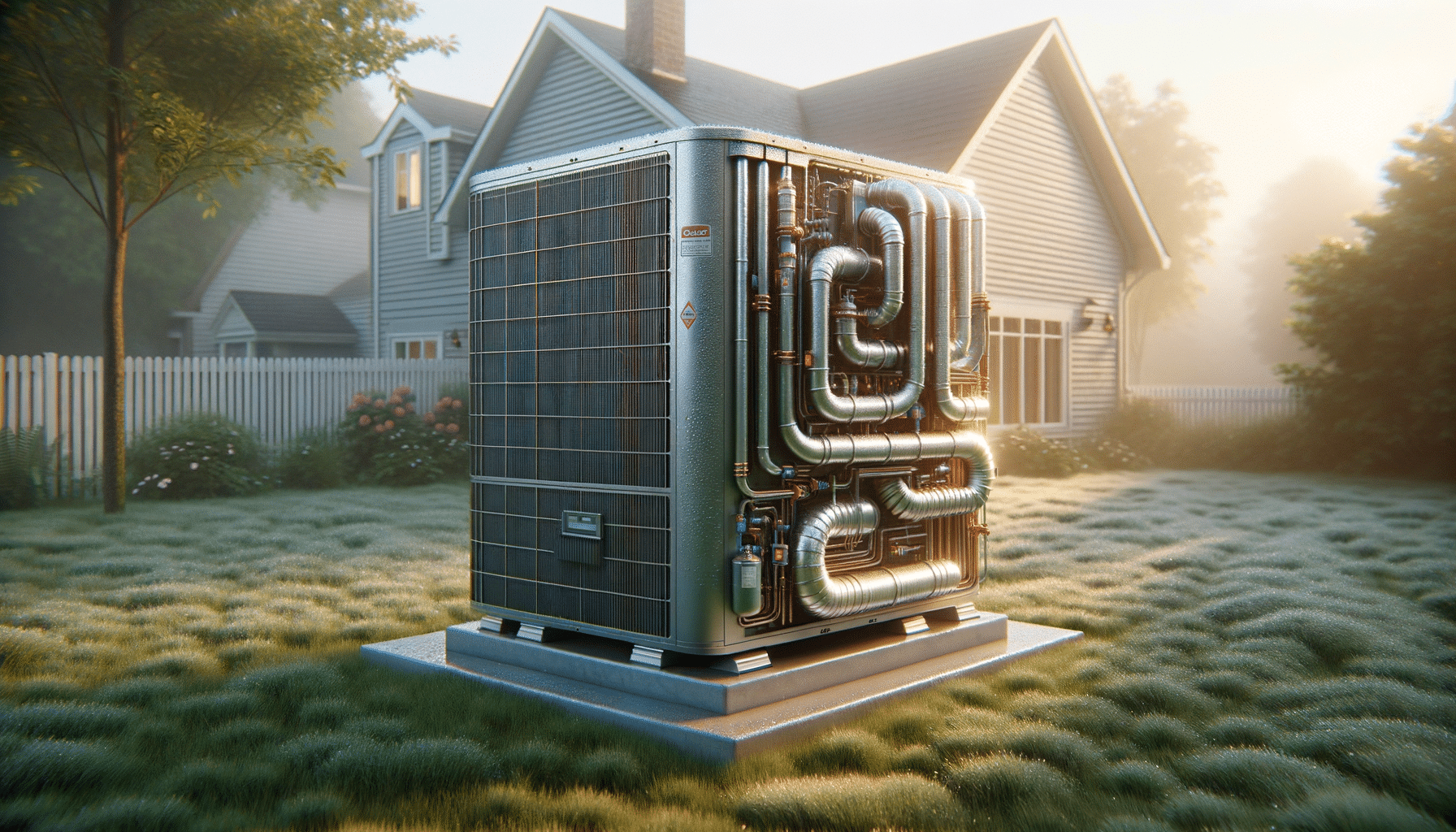
Exploring HVAC Installation Services
Introduction to HVAC Systems
The world of HVAC, which stands for Heating, Ventilation, and Air Conditioning, is a vital component of modern living. These systems are integral to maintaining comfortable indoor environments, regardless of the weather outside. Whether in residential homes or commercial spaces, HVAC systems ensure that air quality, temperature, and humidity levels are kept at optimal conditions. Understanding the nuances of HVAC installation services is crucial, not only for comfort but also for energy efficiency and long-term savings. This article explores the diverse aspects of HVAC systems, providing insights into their importance, installation processes, and maintenance.
The Importance of Proper HVAC Installation
Proper installation of HVAC systems is paramount to their effective operation. A well-installed system ensures that all components function harmoniously, reducing the risk of malfunctions and extending the lifespan of the equipment. When considering HVAC installation services, it’s essential to recognize the impact of skilled installation on energy efficiency. Poorly installed systems can lead to increased energy consumption, resulting in higher utility bills and a larger carbon footprint. Moreover, inadequate installation can compromise indoor air quality, leading to health issues for the occupants.
Professionally installed HVAC systems are designed to maximize airflow and maintain consistent temperatures throughout a space. This is particularly important in regions with extreme weather conditions, where reliable heating and cooling can significantly affect daily life. Proper installation involves precise measurements, ensuring the system’s components fit optimally within the designated space. This attention to detail minimizes air leaks and enhances the system’s overall efficiency.
- Enhanced energy efficiency
- Improved indoor air quality
- Reduced risk of malfunctions
- Extended equipment lifespan
By investing in reputable HVAC installation services, property owners can secure a system that delivers consistent performance, contributing to both comfort and cost savings over time.
Components of HVAC Systems
HVAC systems are comprised of several key components, each playing a crucial role in ensuring optimal performance. Understanding these components can help in appreciating the complexity and engineering behind these systems. The primary components include the furnace, air conditioner, ductwork, and thermostat.
The furnace is responsible for heating the air, using various fuel sources such as electricity, natural gas, or oil. It distributes warm air through the ductwork to heat the building. The air conditioner, on the other hand, cools the air by removing heat and humidity, providing relief during hot weather. The ductwork serves as the passage for air distribution, ensuring that conditioned air reaches every corner of the space. Finally, the thermostat acts as the control center, allowing users to set desired temperatures and manage system operations.
Each of these components requires precise installation and regular maintenance to function efficiently. For instance, ductwork must be properly sealed to prevent air leaks, which can drastically reduce system efficiency. Similarly, thermostats should be accurately calibrated to ensure the system responds correctly to temperature settings.
- Furnace: Heats the air
- Air Conditioner: Cools and dehumidifies
- Ductwork: Distributes air throughout the building
- Thermostat: Controls system operations
Understanding these components and their functions highlights the importance of professional HVAC installation services, ensuring each part works seamlessly together for optimal indoor comfort.
Choosing the Right HVAC System for Your Needs
Selecting the appropriate HVAC system is a critical decision that can influence comfort levels and energy expenses for years to come. Several factors must be considered to ensure the chosen system meets the unique needs of a space. These factors include the size of the area, local climate conditions, and specific occupant requirements.
One of the primary considerations is the size of the system relative to the space it will serve. An undersized system may struggle to maintain desired temperatures, leading to overworking and potential breakdowns. Conversely, an oversized system can cycle on and off too frequently, wasting energy and causing unnecessary wear and tear. Proper sizing, often determined by a load calculation performed by a professional, is essential for efficient operation.
Climate conditions also play a significant role in system selection. Areas with extreme temperature variations may require systems with robust heating and cooling capabilities. Additionally, energy efficiency ratings, such as SEER (Seasonal Energy Efficiency Ratio) for air conditioners, should be evaluated to ensure cost-effective operation.
- Consider space size for proper system sizing
- Evaluate climate conditions for system capabilities
- Check energy efficiency ratings for cost savings
By carefully assessing these factors, property owners can choose an HVAC system that aligns with their needs, ensuring long-term comfort and efficiency.
Maintaining Your HVAC System
Regular maintenance is essential for keeping HVAC systems running efficiently and prolonging their lifespan. Routine checks and maintenance tasks can prevent costly repairs and ensure optimal performance throughout the year. Key maintenance activities include cleaning or replacing filters, inspecting ductwork, and checking system components for wear and tear.
Filters should be checked monthly and replaced as needed to maintain good air quality and system efficiency. Clogged filters can restrict airflow, causing the system to work harder and consume more energy. Ductwork inspections can identify leaks or blockages that might compromise air distribution, while checking system components ensures that all parts function correctly and safely.
Scheduling regular professional maintenance is also advisable, as technicians can perform comprehensive system inspections and tune-ups. These services often include calibrating thermostats, checking refrigerant levels, and ensuring electrical connections are secure.
- Replace filters regularly for air quality
- Inspect ductwork for leaks or blockages
- Schedule professional maintenance for system checks
By adhering to a consistent maintenance routine, property owners can enjoy reliable performance from their HVAC systems, enhancing comfort and reducing the likelihood of unexpected breakdowns.
